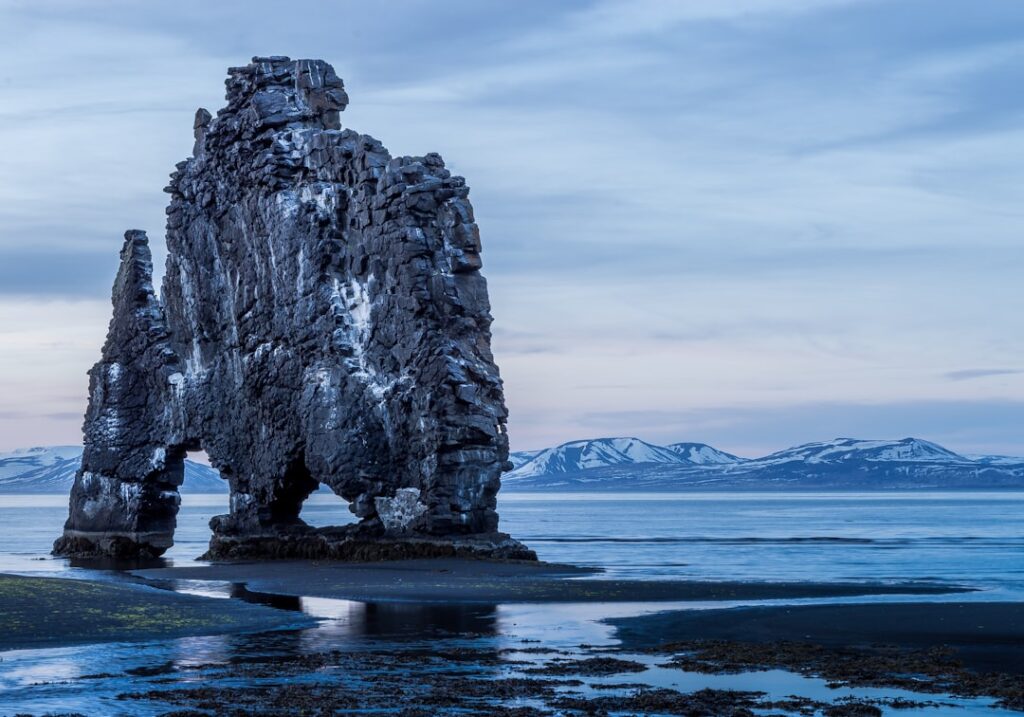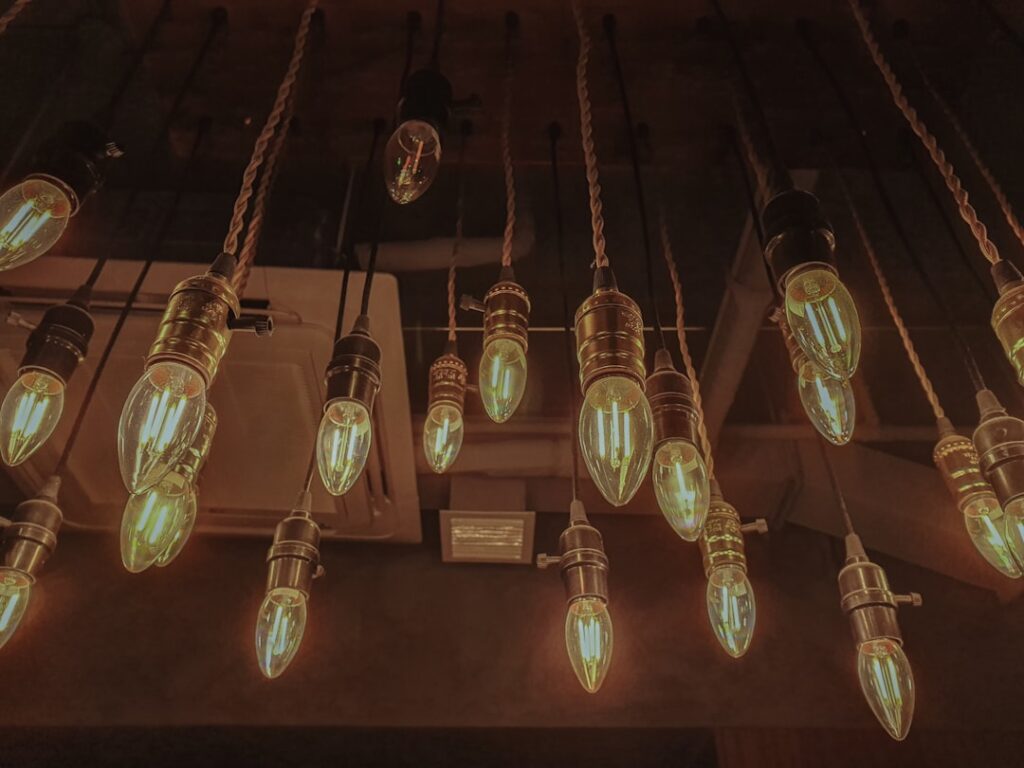Rockform landscaping is a popular and versatile way to enhance the beauty and functionality of outdoor spaces. This type of landscaping involves the use of rocks, stones, and boulders to create visually appealing and durable features such as pathways, retaining walls, water features, and garden borders. Rockform landscaping can be used in a variety of settings, from residential gardens to commercial properties, and it offers numerous benefits that make it a desirable choice for many homeowners and landscape designers.
Key Takeaways
- Rockform Landscaping is a popular choice for creating visually appealing and low-maintenance outdoor spaces.
- The benefits of Rockform Landscaping include durability, low maintenance, and versatility in design.
- Types of rocks and stones commonly used in Rockform Landscaping include granite, limestone, and river rocks.
- Design ideas for Rockform Landscaping include rock gardens, retaining walls, and natural stone pathways.
- Maintenance tips for Rockform Landscaping include regular cleaning, weed control, and proper drainage to prevent erosion.
Benefits of Rockform Landscaping
One of the primary benefits of rockform landscaping is its durability and low maintenance requirements. Rocks and stones are naturally resistant to weathering and erosion, making them a long-lasting and cost-effective choice for outdoor spaces. Additionally, rockform landscaping can help prevent soil erosion and provide stability to sloped or uneven terrain. This can be particularly beneficial for properties located in areas prone to heavy rainfall or soil movement.
Another key benefit of rockform landscaping is its versatility in design. Rocks and stones come in a wide variety of shapes, sizes, and colors, allowing for endless creative possibilities. Whether you prefer a natural, rustic look or a more modern and polished aesthetic, rockform landscaping can be tailored to suit your personal style and the overall design of your property. Furthermore, rocks and stones can be used to create focal points and visual interest in the landscape, adding depth and texture to the overall design.
Types of Rocks and Stones for Landscaping
When it comes to rockform landscaping, there are numerous types of rocks and stones to choose from, each with its own unique characteristics and aesthetic appeal. Some popular options include limestone, granite, sandstone, slate, and river rock. Limestone is a versatile choice that comes in a range of colors and can be used for everything from pathways to retaining walls. Granite is known for its durability and comes in a variety of textures and colors, making it a popular choice for outdoor features such as fire pits and seating areas. Sandstone is prized for its natural beauty and is often used for paving and wall cladding. Slate is a fine-grained rock that is ideal for creating a sleek and modern look in the landscape. River rock, on the other hand, is smooth and rounded, making it perfect for decorative purposes such as dry riverbeds and garden borders.
Design Ideas for Rockform Landscaping
| Design Ideas for Rockform Landscaping | Metric |
|---|---|
| Rock Garden | Number of different rock types used |
| Water Features | Number of waterfalls or ponds incorporated |
| Xeriscaping | Percentage of drought-resistant plants used |
| Outdoor Living Spaces | Square footage of patio or seating areas |
There are countless design ideas for incorporating rocks and stones into your landscape. One popular option is to create a rock garden, which can feature a variety of plants and shrubs nestled among strategically placed rocks and boulders. This type of garden can add visual interest and texture to the landscape while also providing a low-maintenance alternative to traditional flower beds. Another design idea is to use rocks and stones to create a natural-looking water feature, such as a pond or waterfall. This can add a sense of tranquility and relaxation to the outdoor space while also attracting wildlife such as birds and butterflies.
In addition to these ideas, rocks and stones can be used to create functional elements such as pathways, retaining walls, and seating areas. For example, a meandering pathway made of natural stone pavers can lead visitors through the garden while adding a sense of charm and character to the space. Retaining walls made of stacked stones can help define different areas of the landscape while also providing structural support to sloped terrain. Finally, seating areas made of large boulders or stone benches can offer a place for relaxation and contemplation within the garden.
Maintenance Tips for Rockform Landscaping
While rockform landscaping is generally low maintenance, there are some important tips to keep in mind in order to ensure the longevity and beauty of your outdoor features. Regular cleaning is essential to prevent the buildup of dirt, debris, and algae on rocks and stones. This can typically be done with a simple combination of water and mild detergent applied with a brush or pressure washer. Additionally, it’s important to inspect rock walls and other structural elements for signs of movement or damage, particularly after heavy rainfall or freeze-thaw cycles. Any necessary repairs should be addressed promptly to prevent further deterioration.
In terms of plant care, it’s important to select species that are well-suited to the specific conditions of your rockform landscape, such as sun exposure and soil type. Proper watering and mulching can help ensure the health and vitality of plants growing among rocks and stones. Finally, regular weeding is important to prevent unwanted vegetation from taking over the landscape. By staying on top of these maintenance tasks, you can enjoy a beautiful and well-maintained rockform landscape for years to come.
Environmental Impact of Rockform Landscaping

When considering rockform landscaping, it’s important to be mindful of the environmental impact of using rocks and stones in outdoor spaces. While rocks and stones are natural materials that are abundant in the earth, their extraction and transportation can have environmental consequences such as habitat destruction, soil erosion, and carbon emissions. It’s important to source rocks and stones from reputable suppliers who prioritize sustainable practices and ethical sourcing.
In addition, it’s important to consider the ecological implications of incorporating rocks and stones into the landscape. For example, creating rock gardens or dry riverbeds can provide habitat for native plants and wildlife, contributing to biodiversity in the area. Furthermore, using rocks and stones for water features can help conserve water by reducing the need for traditional lawn irrigation. By taking these factors into account, it’s possible to create a rockform landscape that not only enhances the beauty of outdoor spaces but also supports environmental sustainability.
Embracing the Beauty of Rockform Landscaping
In conclusion, rockform landscaping offers numerous benefits that make it an attractive choice for enhancing outdoor spaces. From its durability and versatility in design to its low maintenance requirements and environmental impact, rockform landscaping has much to offer for homeowners and landscape designers alike. By carefully selecting rocks and stones that complement the overall design of the property and incorporating them into creative features such as rock gardens, water features, pathways, and seating areas, it’s possible to create a stunning and functional landscape that will be enjoyed for years to come. With proper maintenance and consideration for environmental impact, rockform landscaping can truly embrace the beauty of natural materials while enhancing the overall quality of outdoor living spaces.
If you’re interested in learning more about the benefits of using rockform in construction, check out this article on Wide Angled. They discuss the various ways rockform can be used to create durable and visually appealing structures, as well as its environmental benefits. It’s a great resource for anyone looking to incorporate rockform into their building projects.
FAQs
What is rockform?
Rockform is a type of rock formation that is created through natural geological processes such as erosion, weathering, and sedimentation.
How are rockforms created?
Rockforms are created through a combination of geological processes such as erosion, weathering, and sedimentation. Over time, these processes shape and form the rocks into various structures and formations.
What are some examples of rockforms?
Examples of rockforms include arches, cliffs, caves, hoodoos, and natural bridges. These formations can be found in various landscapes such as deserts, mountains, and coastal areas.
Where can rockforms be found?
Rockforms can be found in various locations around the world, including national parks, coastal areas, mountain ranges, and deserts. Some famous examples of rockforms include the Grand Canyon, Arches National Park, and the Cliffs of Moher.
What are the different types of rockforms?
There are various types of rockforms, including sedimentary rock formations, igneous rock formations, and metamorphic rock formations. Each type of rockform is created through different geological processes and has unique characteristics.
How long does it take for rockforms to be created?
The time it takes for rockforms to be created varies depending on the geological processes involved and the type of rock formation. Some rockforms may take thousands or even millions of years to form, while others may form relatively quickly in geological terms.








